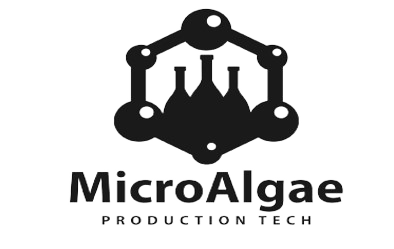It’s crucial to grasp some key facts about carbon dioxide (CO2) and its effects at varying concentrations:
- At 1,000 ppm, CO2 remains breathable and poses no immediate danger.
- If levels reach 5,000 ppm over an 8-hour period, it hits the maximum limit set by Occupational Health and Safety (OHS).
- When CO2 levels escalate to 10,000 ppm, breathing rates slightly increase.
- At 30,000 ppm, breathing rates double, and individuals may experience impaired hearing, headaches, and heightened blood pressure.
- Beyond 50,000 ppm (STEL – short-term exposure limit), considered Imminent Danger to Life and Health (IDLH), breathing escalates to four times the normal rate, showcasing signs of intoxication, with potential choking sensations.
- Levels exceeding 60,000 ppm can lead to immediate loss of consciousness and, ultimately, death.
Recognizing that agriculture stands as the fourth-largest contributor (14%) to global greenhouse gas emissions, the wine industry, a significant economic player globally, contributes significantly to carbon release, with 32% of its footprint attributed solely to grape fermentation.
Interestingly, winery-generated CO2 presents an opportunity rather than a liability. Microalgae Production Technology offers wineries a comprehensive solution to transform their CO2 emissions into high-quality microalgae. This resulting product holds immense potential in various applications within the food and pharmaceutical industries.
